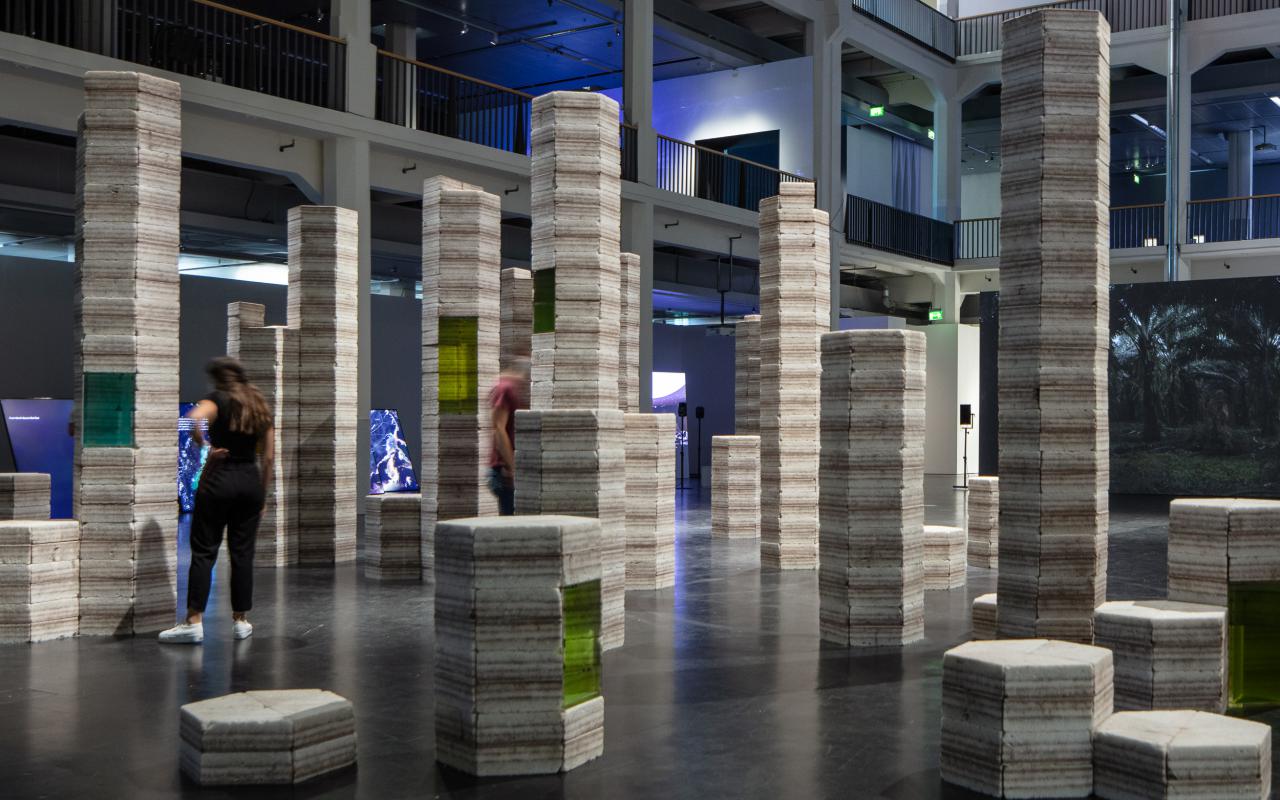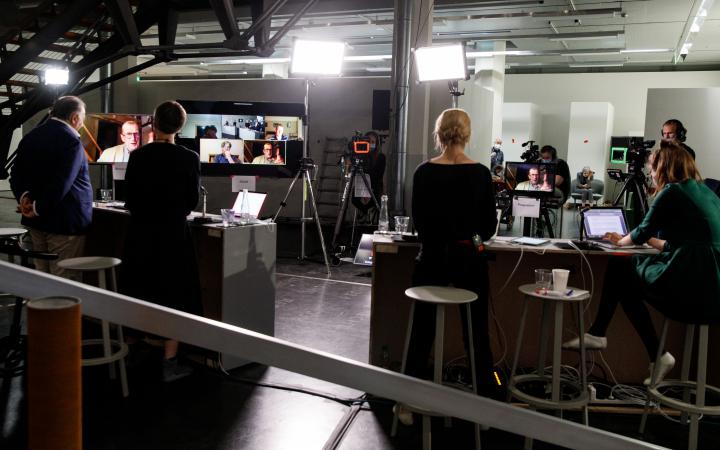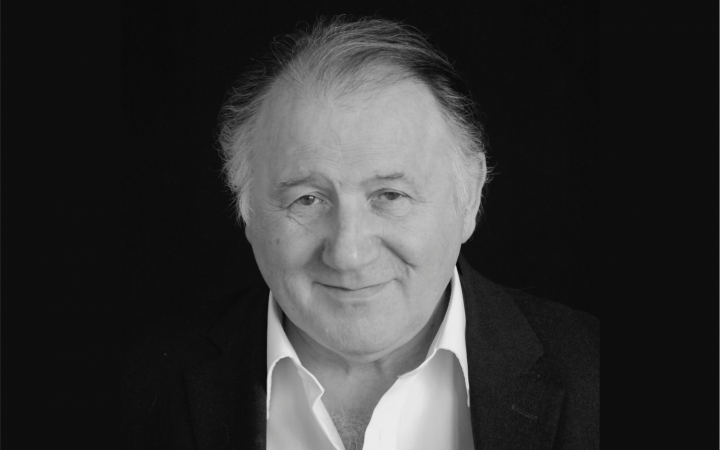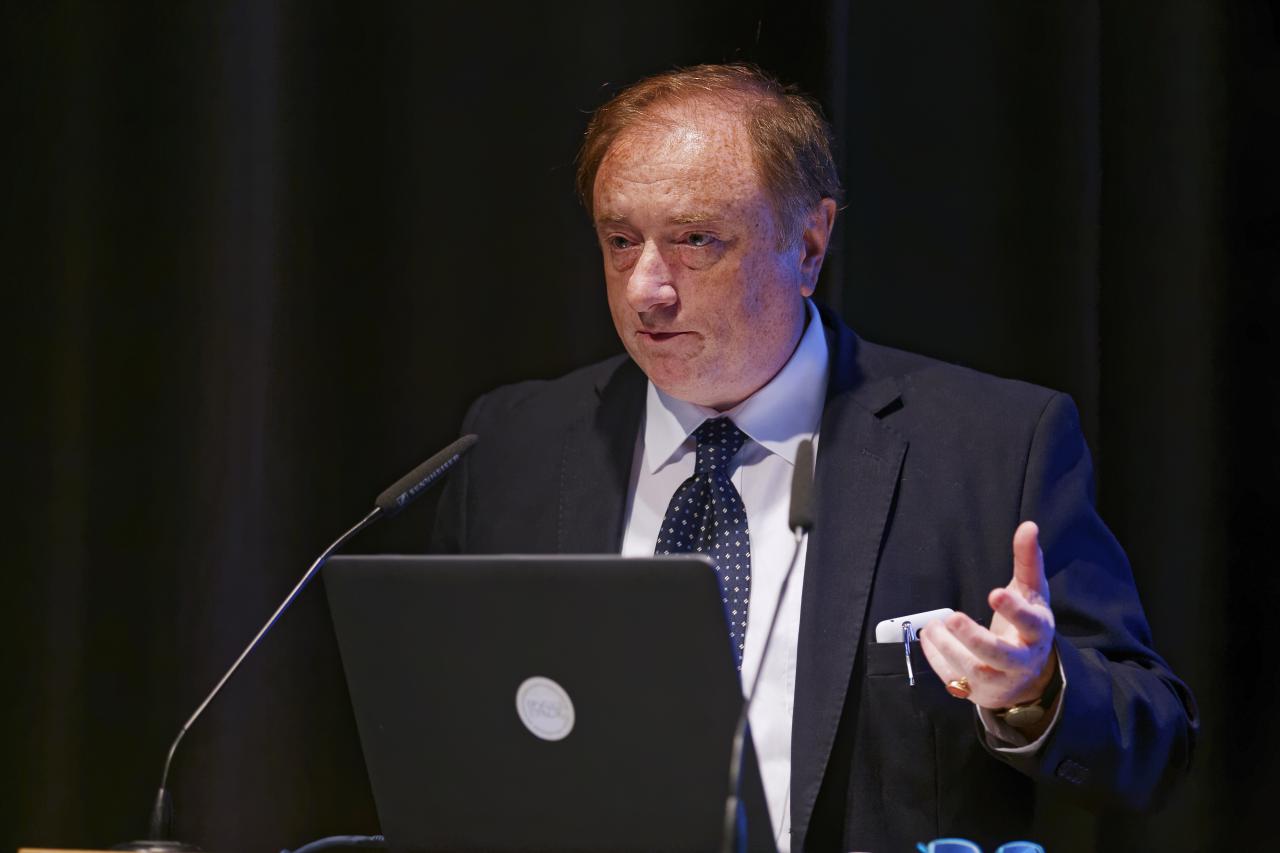
2018-05-03
ZKM Artist in Residence Fabrizio Tamburini– candidate to win the Nobel Prize?
»It is like getting a seat in Formula 1 – then you have to run and win the championship«
Fabrizio Tamburini, from Januar 2015 to December 2017 Scientist in Residence at the ZKM, has been invited by the Royal Swedish Academy and the Nobel Institute of Physics to give the Angström Lecture at Uppsala University.
The lecture, entitled »Twisted Light and Radio Waves«, will take place on May 14, 2018 and is considered an event to nominate potential Nobel Prize candidates. In this interview Fabrizio Tamburini explains why the residency at ZKM »fired« his research and why there is still a long way to win the Nobel Prize.
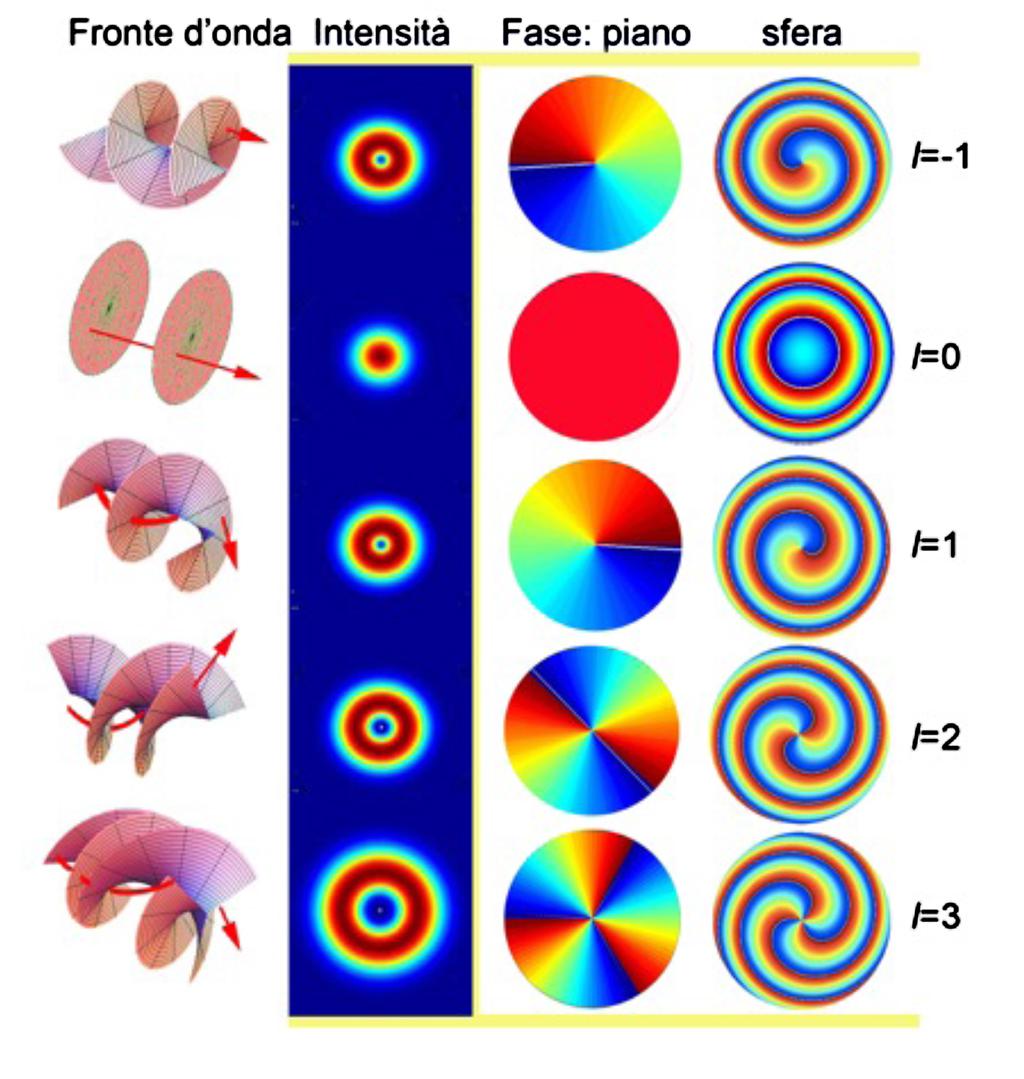
You have been working at ZKM as Scientist in Residence – how did the encounter of art, science and technology at work in ZKM influence your own research?
Fabrizio Tamburini: I was Scientist in Residence, and I am still collaborating with Peter Weibel and discuss possible future initiatives. The period at ZKM was very positive. Freddy Grunert and Peter Weibel were right when they suggested me to look with new eyes to unsolved problems present in my research. I work on structured electromagnetic fields applied to astronomy astrophysics and other fields. It is like having a new telescope, we can explore much better the properties of light to obtain more information from celestial sources or to share information with other people.
What are the advantages – in your point of view – to combine academic research and artistic practice? How can the arts be affected by research and vice versa?
Fabrizio Tamburini: Science and art share common research methods. Different points of view can give you different perspectives to apparently unsolvable problems. I was able to solve some fundamental problems related to twisted waves I was not able to get rid of in the past years.
»I needed new perspectives and different ways of thinking that I could only experience during my time as Scientist in Residence in exchange with Peter Weibel.«
My first mentor and friend, Prof. Dennis Sciama, who was the supervisor of Stephen Hawking and of other top physicists in the world was a lateral thinker. He always suggested collaborators and students to look at very difficult problems by adopting different perspectives. This was exactly what happened during my collaboration in Karlsruhe.
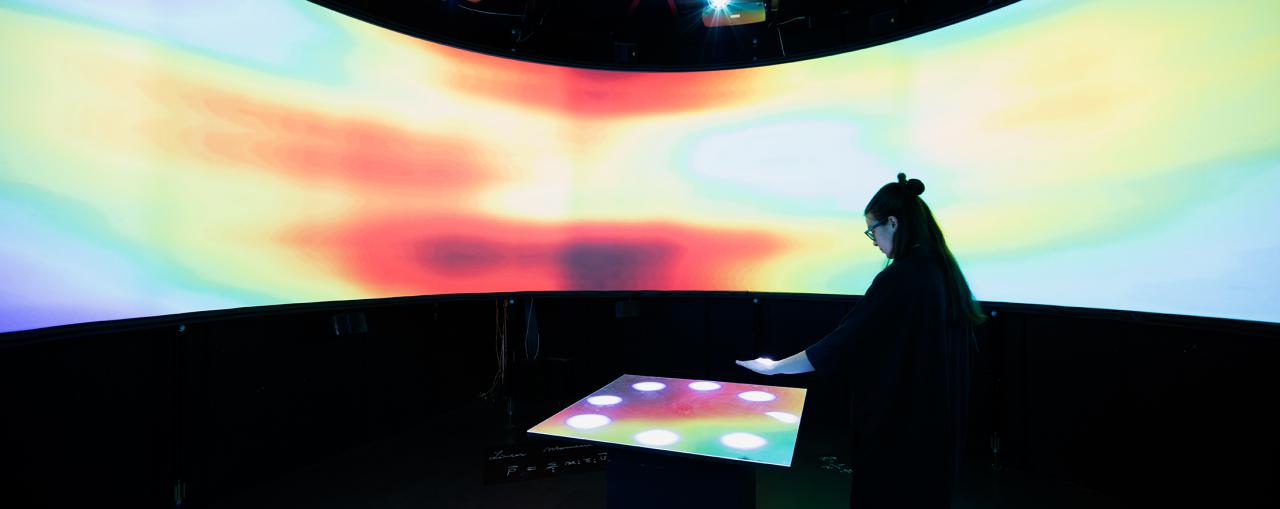
What does it mean to you to lecture at the University of Uppsala?
It is a big step in my career. It is like having the opportunity to test a top team Formula 1 car. If all goes well then one has to win the championship. It is a big responsibility also because I represent all my colleagues in this field.
You are »forecasting« a radical disruption in the way information is transferred (by use of light) – how will modern telecommunication change?
The application of twisted waves and more in general of the still unexploited properties of light to telecommunications is only a minor part in my research. The main focus of my research in twisted light is the application to fundamental physics and astrophysics, namely to reveal the rotation of black holes or the physics of plasmas.
Of course telecommunications can benefit of the results of this research, by increasing in certain situations the data transfer rate and the security of data transfer of telecommunications, but it is still too early in my view to see a global change in the world of information sharing. The properties of structured light can be implemented in nowadays telecommunication protocols and the use of the other still unexploited conserved quantities of the electromagnetic field such as the orbital angular momentum will provide a more robust and dense information transfer.
Talks and interviews
Dr. Fabrizio Tamburini (Ph.D.) deals with electromagnetic orbital angular momentum (OAM). His scientific and artistic contributions deal with topics such as OAM telecommunications, SR technology (»Super Resolution«), the OAM vortex strengths of rotating black holes and Axion as a representative of dark matter. At the ZKM, he not only participated in the exhibition »Infosphere« (2015) with the artistic-scientific installation »Beyond Einstein's Dream. Riding the Photons«, but also at conferences such as »The Future of Light Art« (2018) on the future of light art.
